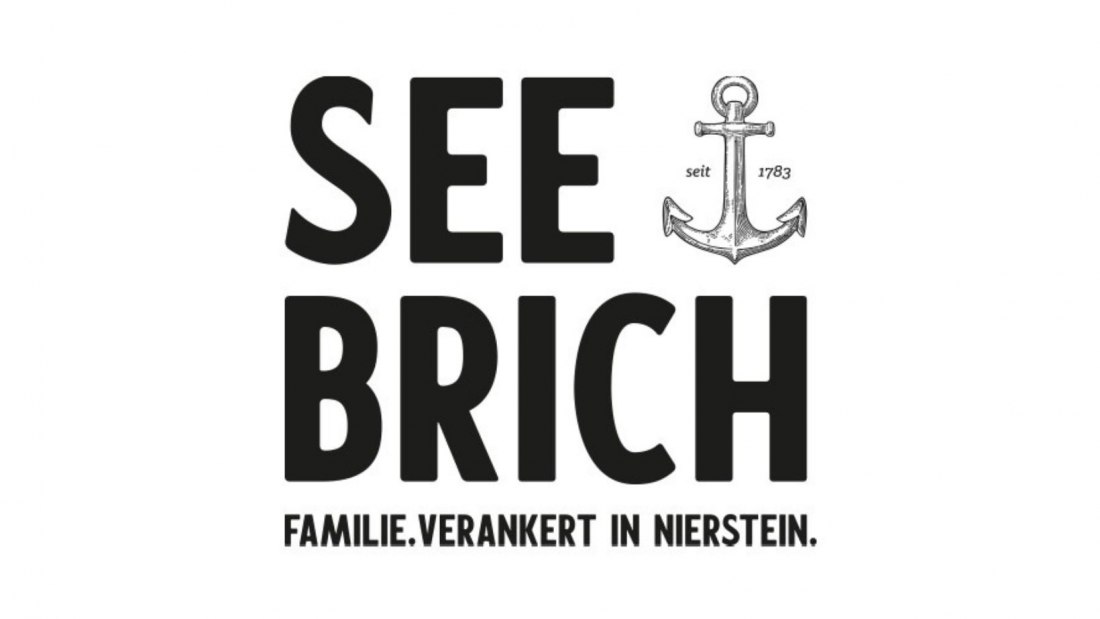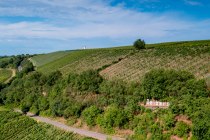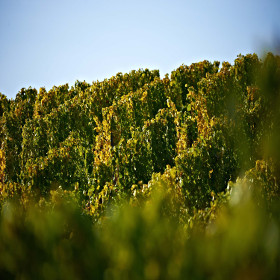Winery Seebrich GbR
Our winery was founded in Nierstein in 1783 and has been family owned ever since. Knowledge, care and the learned craft, as well as dedication and passion have since shaped our family. Our top priority is to focus on the essentials: "To produce hig-quality wines from high-quality grapes, by consciously dealing with nature." The focus is always on the desire to preserve all the ingredients that a grape develops. This care and the experience over decades are reflected in the quality of the wines. Already in the vineyard, we lay the foundation for our quality philosophy.
Jochen Seebrich: Quality is attention to detail!
English speaking visitors are welcome.
















